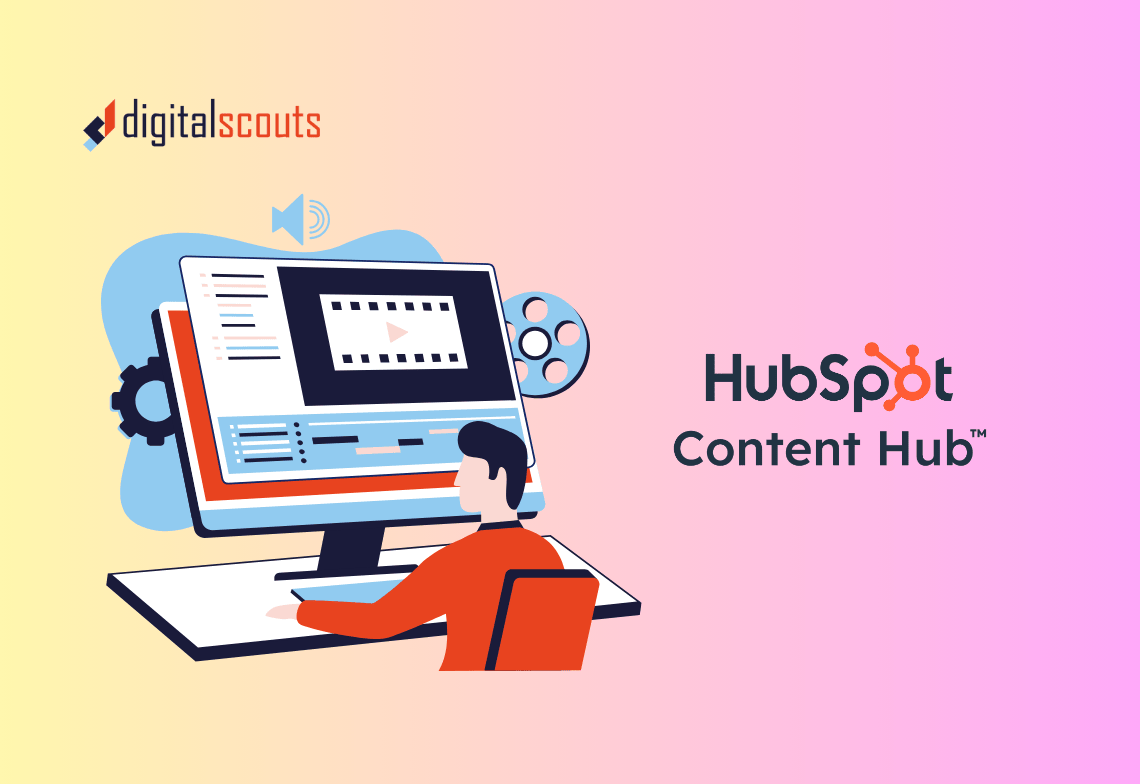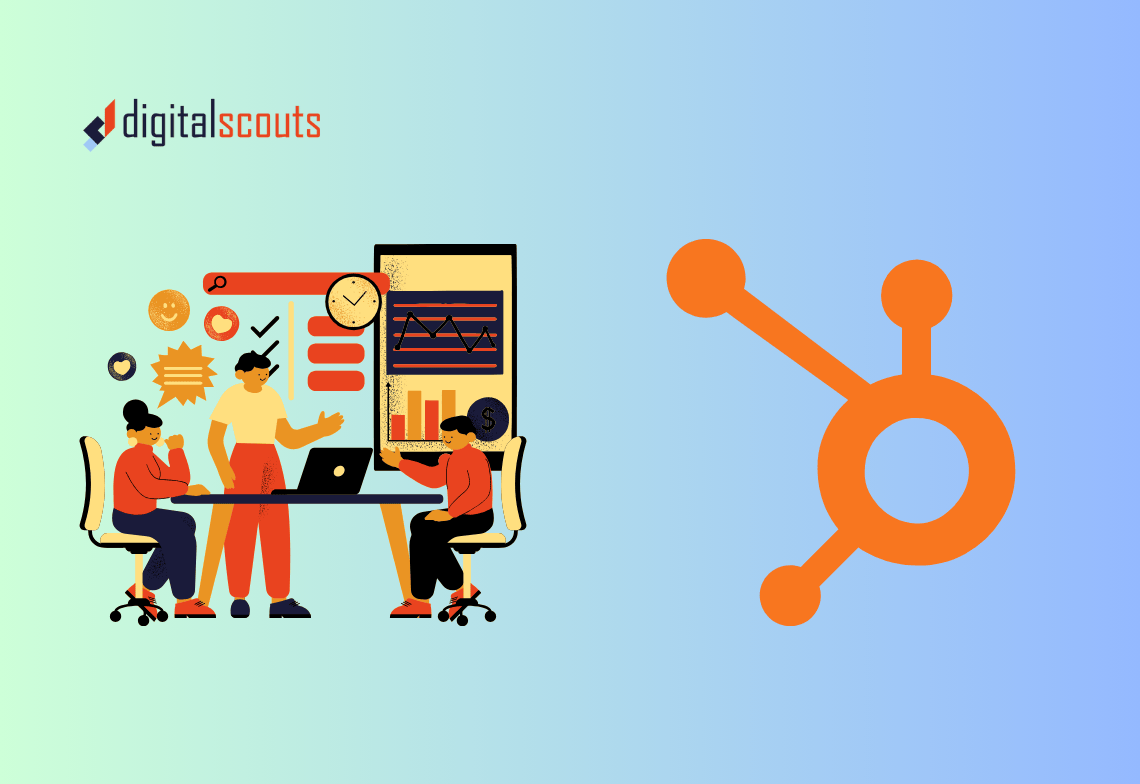HubSpot’s new wave of AI features promises smarter decisions, less manual work, and better customer experiences. But many businesses switch them on and quickly ask: Why are we not seeing results?
The problem rarely lies in the AI itself. Instead, it is the foundation beneath it, the data. When records are duplicated, properties inconsistent, and interactions scattered across disconnected systems, HubSpot AI is left guessing. Outputs become generic, recommendations drift, and adoption suffers.
The real unlock comes from unifying data across marketing, sales, service, and product. With clean, consistent inputs, HubSpot’s AI shifts from being a novelty to becoming a revenue multiplier.
The problem with fragmented data
Most companies overestimate the quality of their data. Beneath the surface, issues are easy to spot:
-
Duplicate records confuse attribution and waste sales effort.
-
Incomplete fields, such as missing industry, size, or contact role, break lead scoring and segmentation.
-
Disconnected systems, a mix of CRM, spreadsheets, ticketing, and point solutions, hide valuable context.
The outcome is predictable. You get poor visibility, untrusted dashboards, and AI that delivers surface level insights rather than meaningful guidance. If your single source of truth is actually four systems loosely stitched together, HubSpot AI cannot operate at its best.
Why HubSpot AI depends on unified inputs
AI is only as strong as the signals it receives. HubSpot’s algorithms rely on connected, consistent records to classify leads, predict churn, and recommend next steps. Without unified data, the AI works blind.
With clean and centralised inputs, HubSpot AI can:
-
Classify contacts and accounts with confidence.
-
Predict intent, churn, and revenue risk using the full customer journey.
-
Recommend personalised campaigns, sales sequences, and service actions that align with lifecycle stage and context.
When marketing, sales, and service share the same definitions, HubSpot AI transitions from noise to actionable intelligence.
What to unify: structured and unstructured data
Structured data
This includes firmographics such as industry, revenue, and headcount, lifecycle stages, deal properties such as value, stage, and close date, products or SKUs, and custom objects such as subscriptions or projects. Consistent schemas ensure predictable scoring, routing, and forecasting.
Unstructured data
Transcripts, emails, chat logs, and notes may seem messy, but they hold context such as objections raised, buying signals, or sentiment shifts. When tied back to contact and company records, this context becomes valuable training fuel for AI.
Together, structured and unstructured data create a complete view. AI can then not only see what happened but also understand why.
The revenue impact of unified data
For leadership, unified data is not just an IT exercise. It is a business advantage. Companies that invest in data readiness see tangible outcomes:
-
Higher productivity. Reps spend less time entering data and more time selling.
-
Sharper prioritisation. Lead scoring improves, ensuring the right accounts get attention.
-
Predictable forecasting. Clean pipelines surface risks earlier and improve accuracy.
-
True personalisation. Marketing and sales interactions reflect the full relationship, lifting conversion rates and engagement.
The difference shows up in metrics that matter, including pipeline velocity, CAC efficiency, and net revenue retention.
A practical path to AI ready data
Unifying data does not require boiling the ocean. Instead, it means building a deliberate, staged approach.
-
Audit sources
Map every system touching customer data, including HubSpot objects, product usage data, support tickets, and spreadsheets. -
Standardise properties
Create a shared data dictionary. Agree on property names, formats, and required fields across teams. -
De duplicate records
Use HubSpot’s duplicate management tools or third party connectors. Track new duplication rates to measure progress. -
Model relationships
Define parent and child accounts and map buying committees. Link deals, products, and subscriptions back to the right records. -
Instrument key events
Log meetings, content downloads, service milestones, and product triggers into HubSpot. AI cannot use what it cannot see. -
Governance and QA
Assign owners for critical fields. Enforce validation rules and run weekly completeness checks. Make data quality part of KPIs. -
Integrate external data
Avoid CSV round trips. Connect spreadsheets and warehouses directly to HubSpot through secure syncs or Data Studio pipelines.
This roadmap builds momentum, improves adoption, and ensures every AI feature sits on solid ground.
Common pitfalls to avoid
-
Over engineering too soon. Focus on core properties and processes before layering in advanced enrichment.
-
Ignoring adoption. Even the best schema fails if sales and service teams bypass it.
-
Neglecting governance. Without owners and reviews, data quality decays again within months.
Digitalscouts’ approach is to embed governance early and to design systems that are practical for day to day users, not only technically correct.
Final thoughts
AI in HubSpot is not magic. It is a reflection of the data beneath it. Businesses that unify and govern their data see HubSpot AI move from a shiny feature to a genuine operating advantage. It helps teams prioritise smarter, market with precision, and forecast with confidence.
The message is simple. Get your data right, and the AI will follow.
Book a free data strategy session with Digitalscouts to see how we can unify your HubSpot CRM and prepare your organisation for AI driven growth.
Frequently Asked Questions
About Author
Ashish is a B2B growth strategist who helps scaleups align marketing and sales through Account-Based Marketing (ABM), RevOps, and automation. At DigitalScouts, he builds scalable content engines, streamlines lead flows with HubSpot, and runs targeted GTM programs to drive predictable pipeline. He regularly shares insights on using AI and automation to power ABM and accelerate complex buyer journeys.




.png?width=94&height=94&name=B2B%20Marketing%20Framnework%20(1).png)



